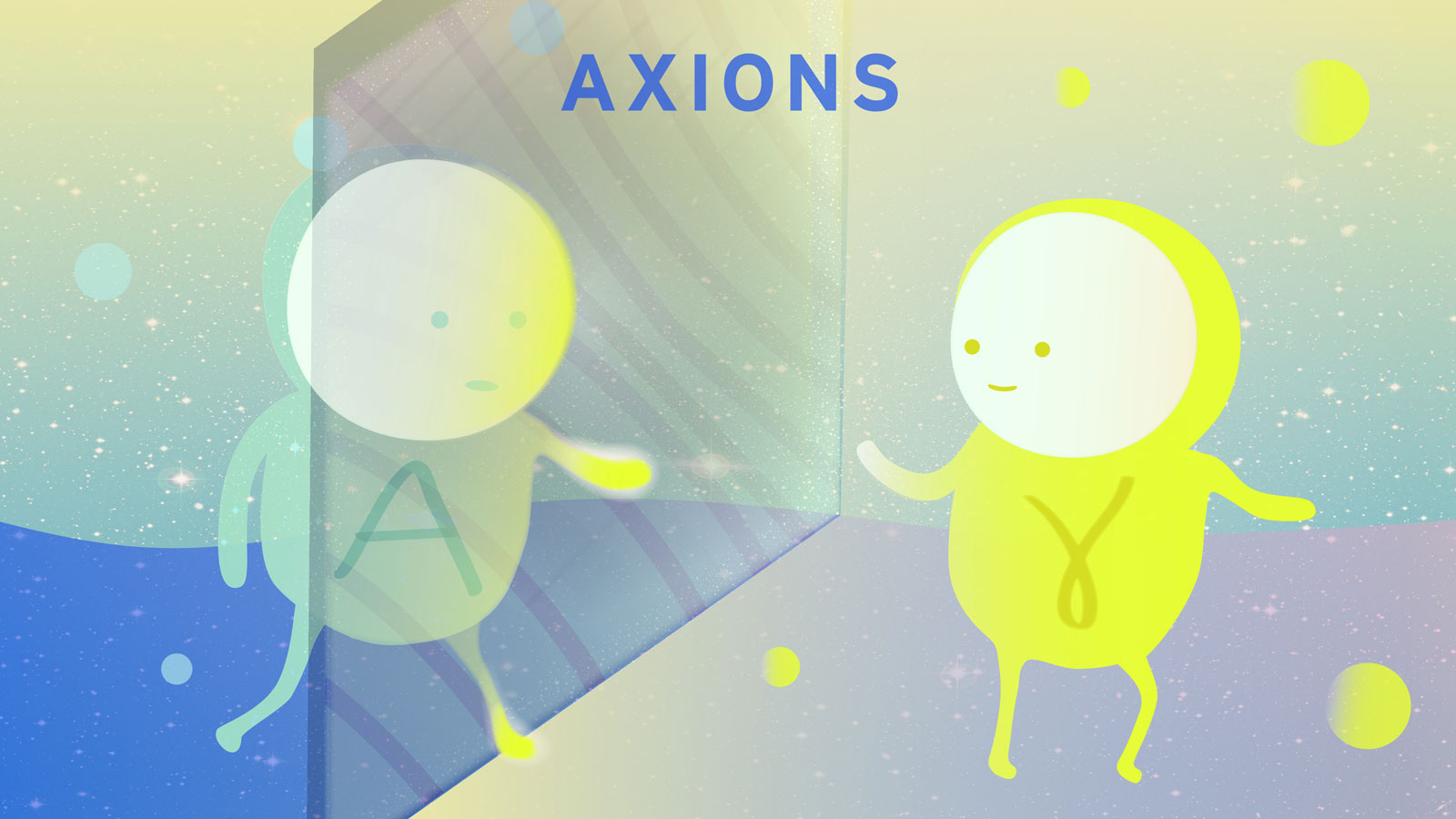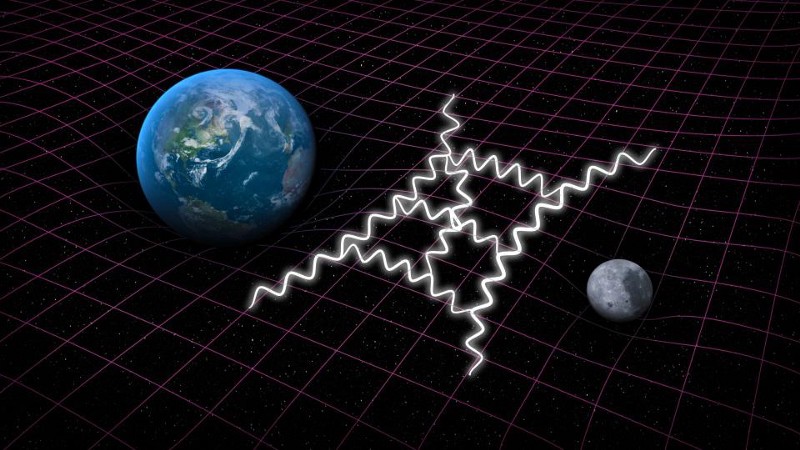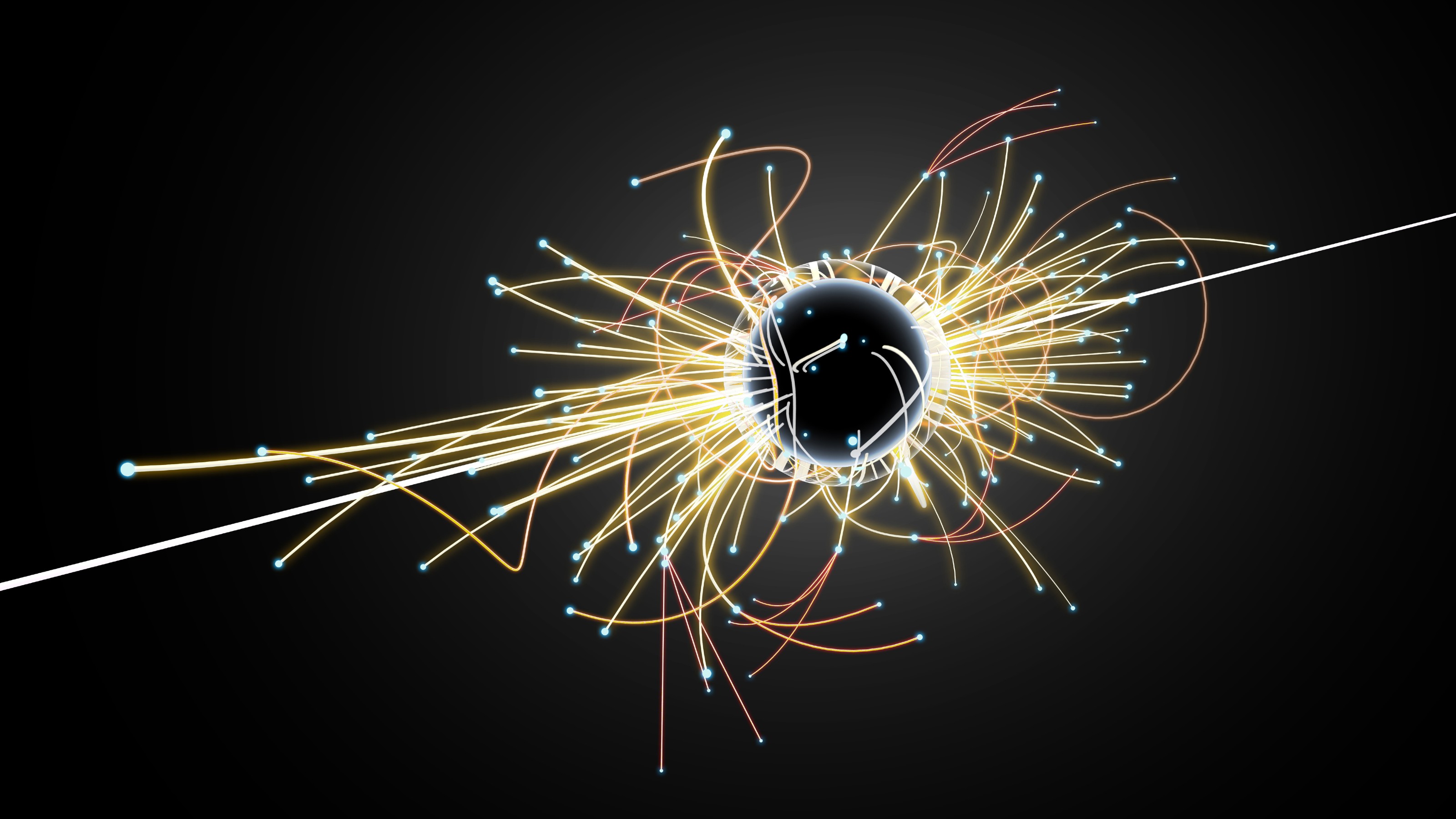Researchers attempt to create dark matter

- Dark matter exists, but scientists don't know what it consists of.
- Axions are a candidate dark matter particle, but they have never been detected. A recent experiment casts doubt on the existence of "heavy axions."
- Ruling out dark matter theories is progress. If you have lost your car keys, each room you look in and rule out gets you closer to finding the room in which you left them.
Not to sound depressed, but we live in a dark universe. Despite the brilliance of a night sky in the high desert of the American Southwest, those billions and billions of stars and galaxies are just a tiny fraction of the matter in the cosmos. An unknown substance called dark matter is five times more prevalent than the familiar matter of atoms.
And despite decades of effort, no direct evidence for the existence of dark matter has been found, leading scientists to think broadly about what dark matter might be. Now, using a powerful particle accelerator, researchers at Fermi National Accelerator Laboratory (Fermilab) have attempted to create a very light form of dark matter and recently published their results.
Not a wimpy Universe
For decades, researchers have imagined dark matter as a stable, electrically neutral, subatomic particle with a mass hundreds, or even thousands, of times heavier than a proton. These dark matter particles interact very weakly with ordinary matter, perhaps experiencing only the force of gravity. Such a hypothetical particle is called a WIMP, for Weakly Interacting Massive Particle. During those same decades, many efforts have been made to validate or falsify that model, but no WIMPs have been found.
The failure to find WIMPs has caused some researchers to consider other alternatives. What if dark matter is much lighter, say billions of times lighter? While this conjecture seems extreme, researchers investigating another quantum mystery developed a theory that predicts a different possible dark matter particle. This candidate for dark matter is called the axion.
Of antimatter and axions
Antimatter is the opposite of ordinary matter and the two don’t coexist well. Combine antimatter with the corresponding form of matter and they annihilate. The antimatter equivalent of all known subatomic particles has been observed, for example, antimatter versions of protons, neutrons, and electrons. Scientists even have created a handful of antimatter atoms.
The strong nuclear force is the one that holds atomic nuclei together. The theory that describes its behavior says that the strong force could treat matter and antimatter differently, yet precise measurements show no difference. To the best anyone has been able to determine, the strong force treats matter and antimatter identically.
There is a principle, called the totalitarian principle, that says, “Everything not forbidden is compulsory.” This aphorism, which was originally crafted in a political environment, has been embraced by the physics community. Essentially, it means that anything that can happen will happen. If it doesn’t, there is some physical phenomenon that forbids the otherwise possible behavior. So, what is keeping the strong force from interacting differently for matter and antimatter?
While the answer to that question is unknown, in 1977, Roberto Peccei and Helen Quinn proposed a theory that exactly counterbalanced the strong force’s ability to allow differences between matter and antimatter. One consequence of this theory is that it predicted the existence of a particle called the axion. The axion would have very little mass, be electrically neutral, and have been created in great quantities during the first moments of the Big Bang. Thus, the axion is a candidate dark matter particle.
In search of axions
Since the axion remains undiscovered — indeed, it may not even exist — its mass is unknown. However, many calculations suggest its mass should be very small, in the ballpark of one billionth the mass of an electron. Researchers have looked for these very low mass axions using a variety of clever techniques, but these efforts have found nothing.
Given the failure to find low mass axions, researchers entertained another hypothesis. Suppose the axion had a larger mass than expected, say, a few hundred to a couple thousand times the mass of an electron. As there had been no attempt to search for such an axion, researchers at Fermilab used an apparatus called the ArgoNeuT detector to search for them.
The ArgoNeuT detector uses a quarter ton of liquid argon placed in a neutrino beam to study neutrino interactions. If these heavier axions exist, then they could decay in the ArgoNeuT detector into a pair of muon particles. Muons are basically heavy electrons and are very easy to observe. Researchers used the Fermilab accelerator to smash 125 billion billion (1.25 × 1020) high energy protons into a target, making an enormous number of neutrinos to study.
The researchers calculated that if axions didn’t exist, they would see less than one instance of two muons being created with the appropriate properties. When the experiment was performed, no instances of the necessary two-muon production were observed. The fact that the measurement agreed with an axion-free prediction means that no axions were observed in the ArgoNeuT detector. From that, researchers were able to rule out the possibility that heavy axions that decayed into two muons were being produced.
When failure means success
Failure to observe a phenomenon is never as exciting as observing something, but the experiment was still a success. Given that researchers believe that dark matter exists and that very light dark matter could explain astronomers’ observations, it is important to investigate all possibilities. After all, ruling out dark matter theories is progress. If you have lost your car keys, each room you look in and rule out gets you closer to finding the room in which you left them.





